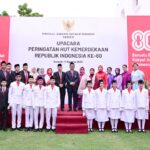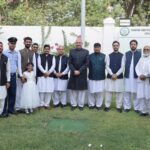The events in Lahore highlights the volatile
interplay between social media, public
sentiment, and political agendas in Pakistan
Analysis by Sahir baloch
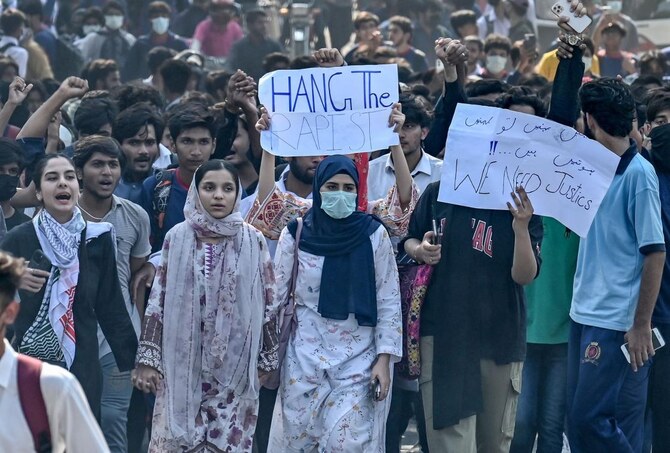
Pakistan seems to be going through a big social experiment. Recently, fake news spreads quickly on social media. This trend has led to unrest and could even cause civil conflict. For example, students at Punjab College in Lahore recently protested after an alleged rape incident. The large student turnout and strong social media campaign show a well-organized effort to test the waters for a crisis. The current climate in Pakistan is ripe for such situations. The youth feel dissatisfied and angry. They rely heavily on social media for their opinions. This reliance increases division and confusion in society. As a result, the reasons behind the protests seem unclear.
Protests at Punjab College
On October 15, 2024, students at Punjab College protested against an alleged rape involving a fellow student. Eyewitnesses reported a large crowd gathering on campus. The students demanded justice, and their protests turned chaotic as they clashed with police. Social media played a key role in these protests. Hashtags related to the incident trended on platforms like Twitter and Facebook. Many students expressed anger over how college authorities handled the situation. They demanded a thorough investigation and immediate action against the alleged perpetrators.
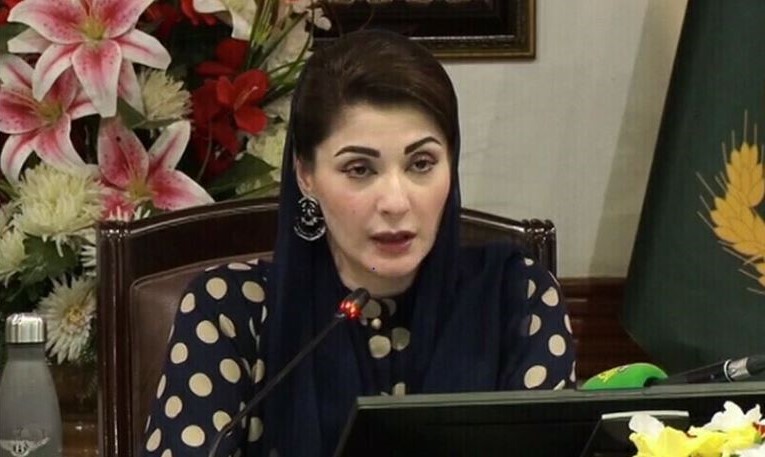
Government Response
In response to the protests, Chief Minister of Punjab, Maryam Nawaz, ordered an inquiry. She stressed the importance of justice. “The safety of our students is our top priority,” she said. “We will ensure that the truth comes to light.” This statement raised hope among students for a quick resolution.
LHC Hearing and State Counsel’s Claims
During a Lahore High Court (LHC) hearing, Punjab’s state counsel claimed that students alleging the rape had “no evidence” to support their claim. Justice Neelum criticized the Punjab IG for not stopping the spread of videos about the incident. She called it a “failure” that led to student protests. Additionally, the LHC chief justice decided to combine the harassment case and another case involving Punjab Information Minister Azma Bokhari’s fake videos. A full bench will hear these cases on October 22.
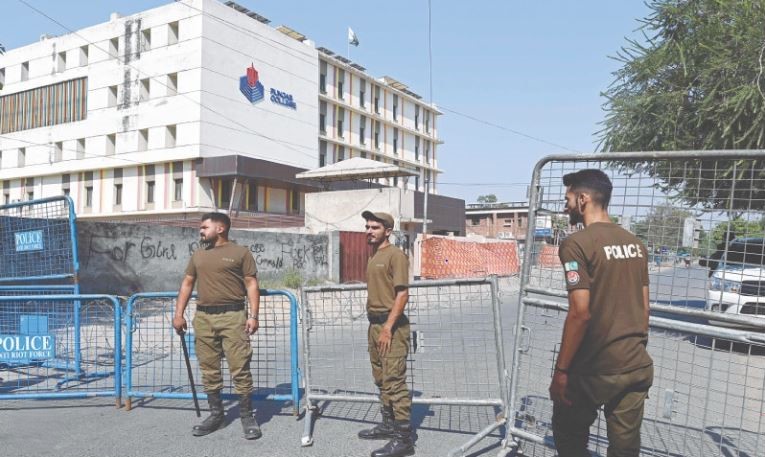
FIA Raids and Arrests
Separately, the Cyber Crime Wing of the Federal Investigation Agency (FIA) carried out raids across the province. They arrested three people—senior journalists, lawyers, and TikTokers—for allegedly spreading false information about the incident. This action followed a complaint from Punjab College for Women (Gulberg) Principal Sadia Yousuf. Meanwhile, police intervened to disperse the protesters, leading to injuries among several students. Concerns about further unrest also grew.
Conclusion: Monitoring the Situation
In conclusion, the situation at Punjab College highlights deeper societal tensions. It raises questions about how social media influences public opinion and action. Observers should keep a close eye on these developments. They may lead to more unrest or a serious incident soon.














